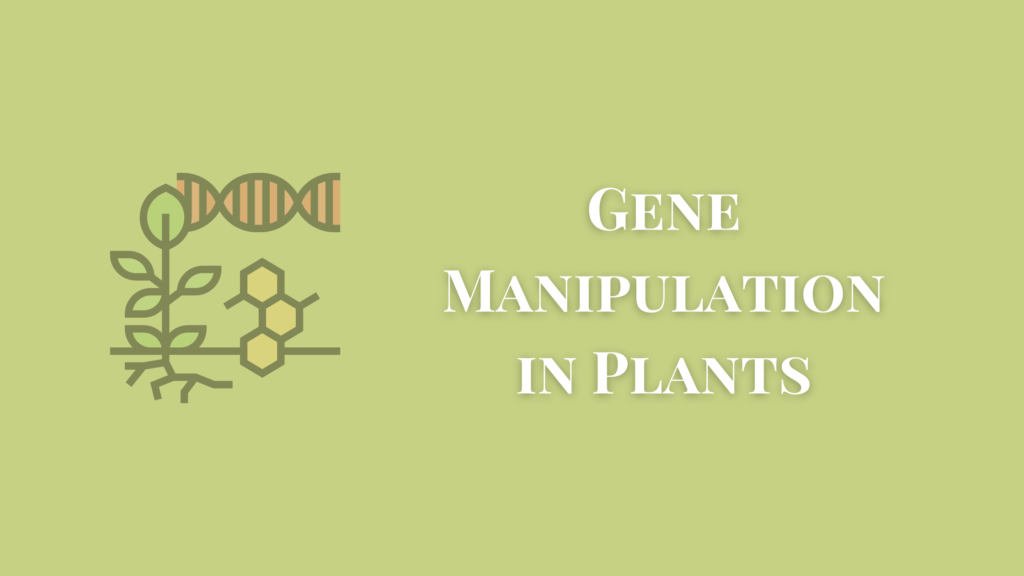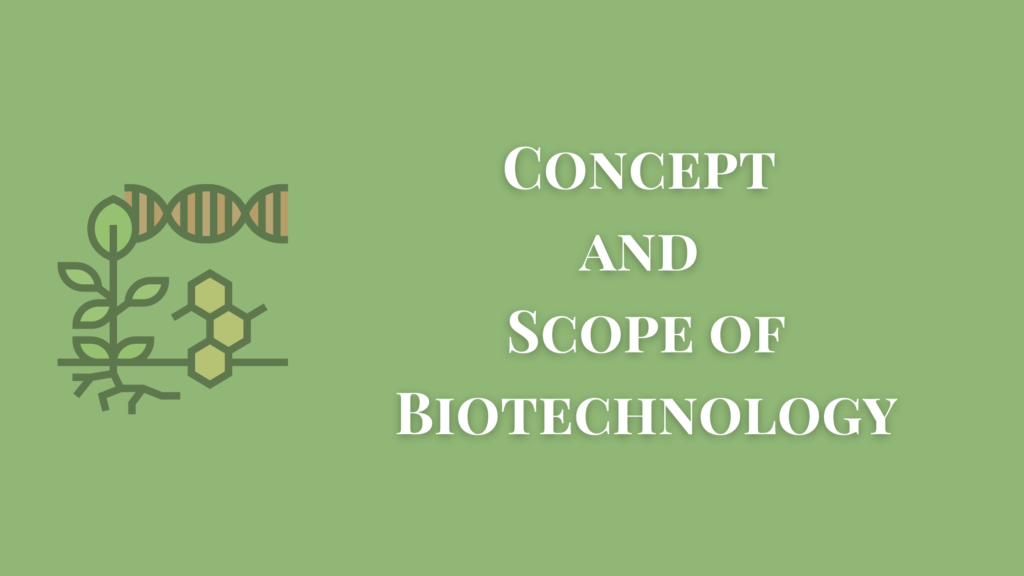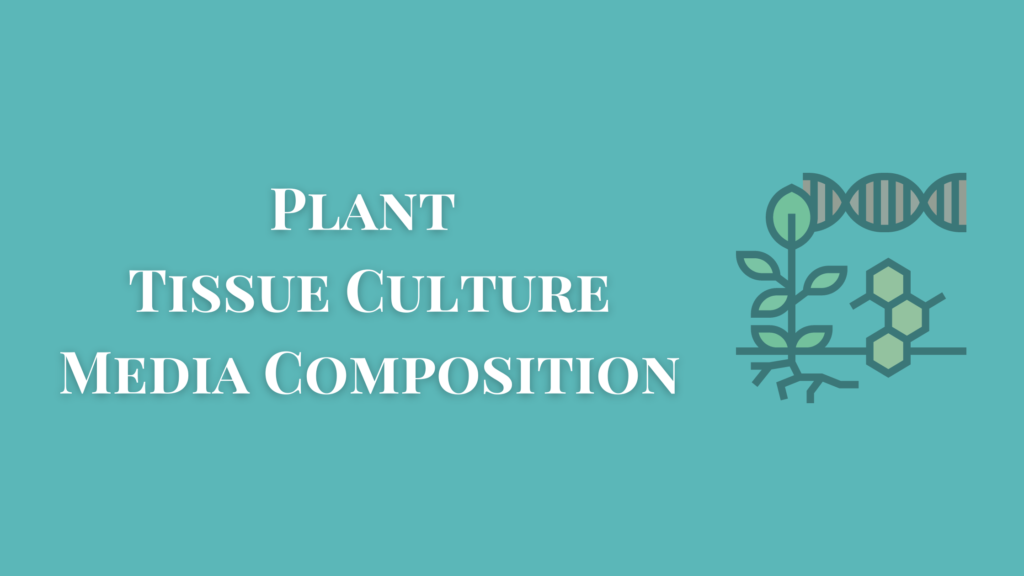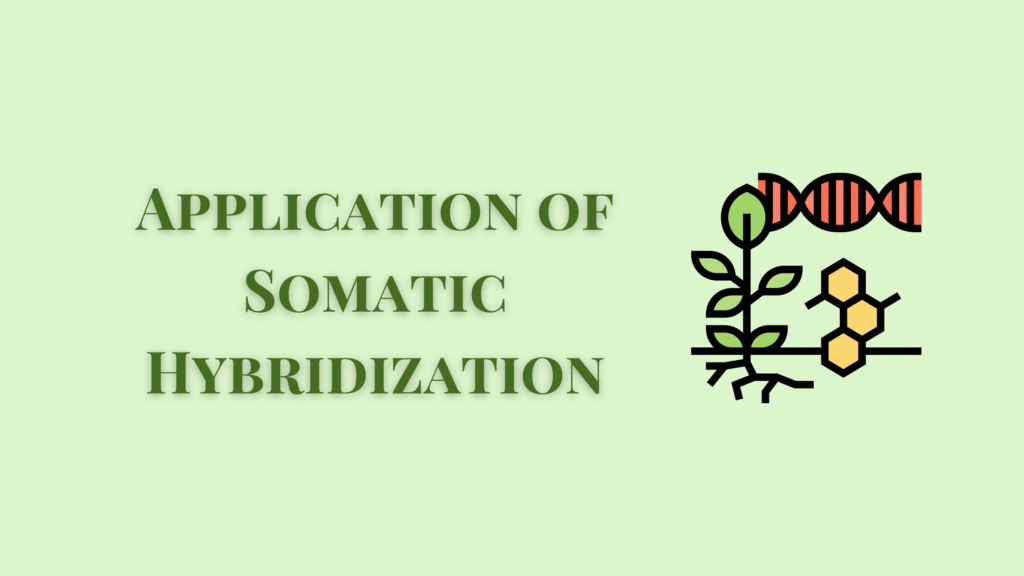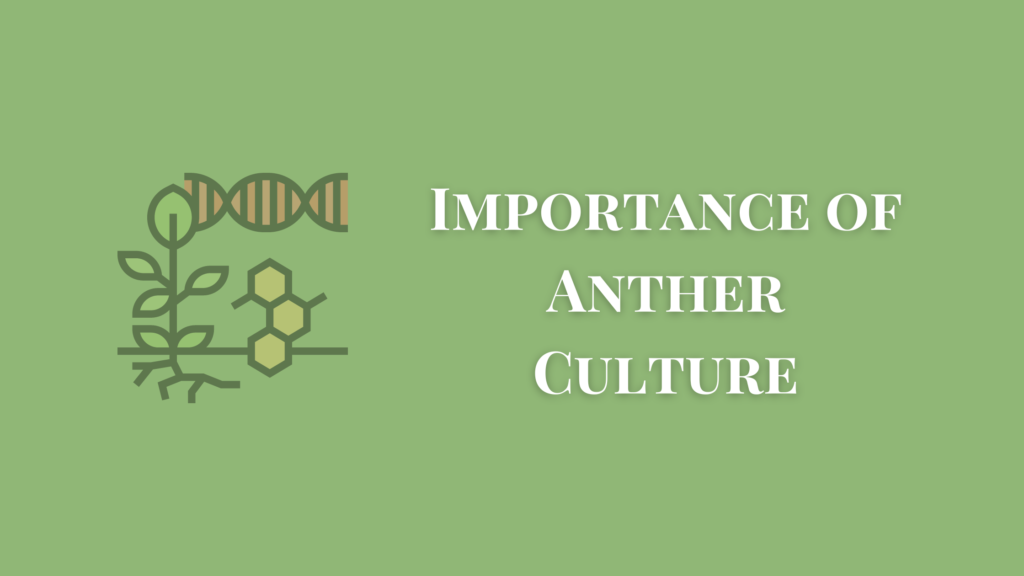Gene manipulation refers to the careful modification of the genes of organisms. It is carried out by inserting an extracellular gene or a genome into the protoplast. The inserted genes may be incorporated into the genome of the recipient cells. The genes express their characters in the recipient cells. So the resulting organism shows new characters.
Similarly, gene manipulation in plants brings similar results. Thus this technology is widely used for crop improvement and for generating new varieties of plants that are resistant to diseases and environmental conditions.
What is Gene Manipulation in Plants?
The gene manipulation in plants carried out by inserting the foreign gene is often named genetic transformation. Gene manipulation can be carried out in the following ways.
- Genes are inserted into the protoplast through cell organelles. The plant protoplast can uptake the isolated cell organelles like chloroplast and mitochondria found in the culture.
- The extracellular genes are inserted into the protoplast using proper vectors. Here the desired portion of the DNA is inserted into the protoplast to express a new character.
- Sometimes, the protoplast takes naked DNAs found around them in the culture. Here the DNA fragments are added to the protoplast culture. These protoplasts randomly uptake DNA fragments present in the culture and show new characters.
Not all the genes inserted into the protoplast survive for a long time. This is because the protoplast itself has the mechanism to protect itself against the entry of some foreign materials. The inserted genes can be destroyed by secreting some enzymes that selectively digest the foreign genes or cell organelles.
Hence the protoplast reuses the digested substances for its growth. This digestive process becomes a barrier to limiting the rapid development of genetic engineering in plants.
Even then genetic engineering has been carried out on plant tissues by using more sophisticated methods. These methods overcome the cell-protecting mechanism of plant cells.
Techniques of Gene Manipulation in Plants
Agrobacterium
Agrobacterium, a natural soil microbe is widely used for gene manipulation in plants. The genes of this microbe are integrated with the desired gene. This new microbe is used to incorporate this gene into the plant tissues that are later grown through tissue culture to ensure the integrity of the manipulated genome. This method helps produce disease-resistant varieties.
Electroporation
Electrical impulses help the plant protoplasts to intake DNA. During protoplast culture, the desired DNA is added which will be incorporated into the protoplast with the help of electrical impulse. The resultant cells can grow into fertile transgenic plants. The main disadvantage of these plants is that they cannot regenerate via protoplast.
Microprojectile Bombardment
The desired DNA is adhered to some microscopic pellets. Later these microscopic pellets are used to physically deliver the DNA into plant tissues. This is done through ‘shooting’ these pellets into the plant cells. This method is used for gene manipulation in plants that cannot usually take the Agrobacterium method, such as cereals.
Microinjection
As the name suggests, the desired DNA is microinjected into the plant cells. This is a tedious effort and is not an economical option since only very few cells may survive.
Genetic Engineering Through Transfer Of Cell Organelles
The culture protoplast tends to uptake the isolated cell organelles such as chloroplast, mitochondria, nucleus, etc from the culture medium. Sometimes the protoplast uptakes the cells such as bacteria and viruses. The essential steps in the transfer of cell organelles for genetic engineering in plants are given below.
- Isolation of the protoplast whose genome is to be manipulated.
- Desired cell organelles are isolated to be inserted into the protoplast.
- Induction of protoplast to take up cell organelles
- Selection of transformed protoplasts
- Regeneration of plantlets from the transformed protoplast.
Methods of Insertion of Organelles Into the Protoplasm
There are several methods used to induce the protoplast to uptake cell organelles.
Endocytosis and cell fusion
Mayo Cocking (1969) devised this method for transferring isolated cell organelles into protoplast. Suzuki (1977) has explained the mechanism of the entry of cell organelles into the protoplast.
At first physical contact is established between the isolated protoplast and cell organelles. This is followed by the formation of invagination on the protoplast membrane. The organelles move into the invagination and the plasma membrane surrounds the organelles to be released into the cytoplasm. Fowke and Gamborg (1980) observed yet another membrane surrounding the cell organelles in the transformed protoplast.
Sometimes, the protoplasts uptake the organelles by simple diffusion. During this process, the organelles adhere to the protoplast and fuse over time. Because of this fusion, the size of the protoplast membrane increases considerably and the contents of the cell organelles are released into the cytoplasm.
Organelle-Protoplast Sandwich Method
This method was organized by Potrykus in 1970. In this method, the isolated protoplast and cell organelles are added one above the other. As a result, a sandwich of protoplast-cell organelles is formed. In other words, a zone of cell organelles in between two adjacent zones of protoplast is formed in the tube. This experiment induces the protoplast to uptake the cell organelles.
Advantages of Gene Manipulation in Plants
- Increase in food production
- More reliable crops with better yield
- Better taste and nutritional value
- Reduced loss due to environmental and biological stress
- Resistance to common diseases
